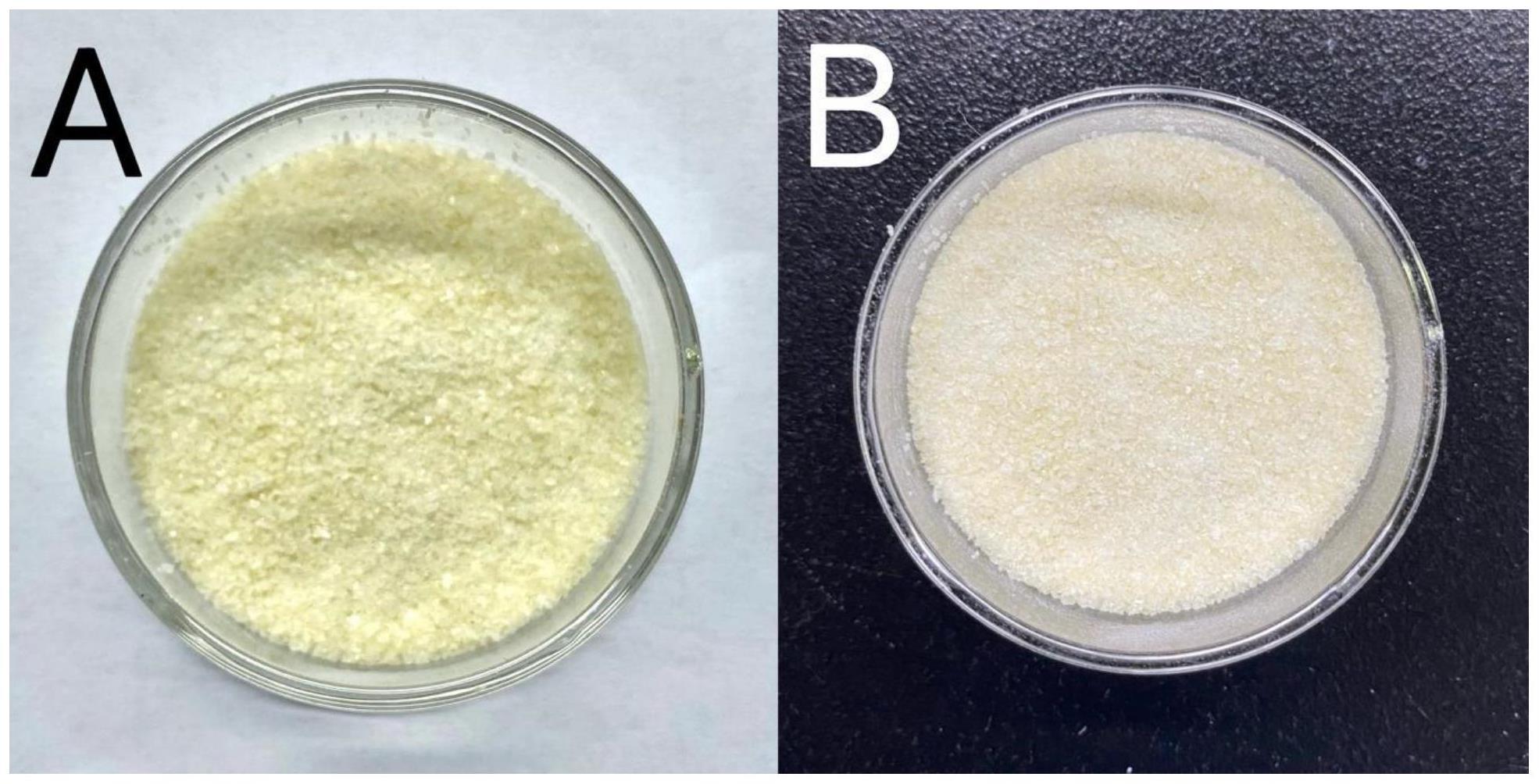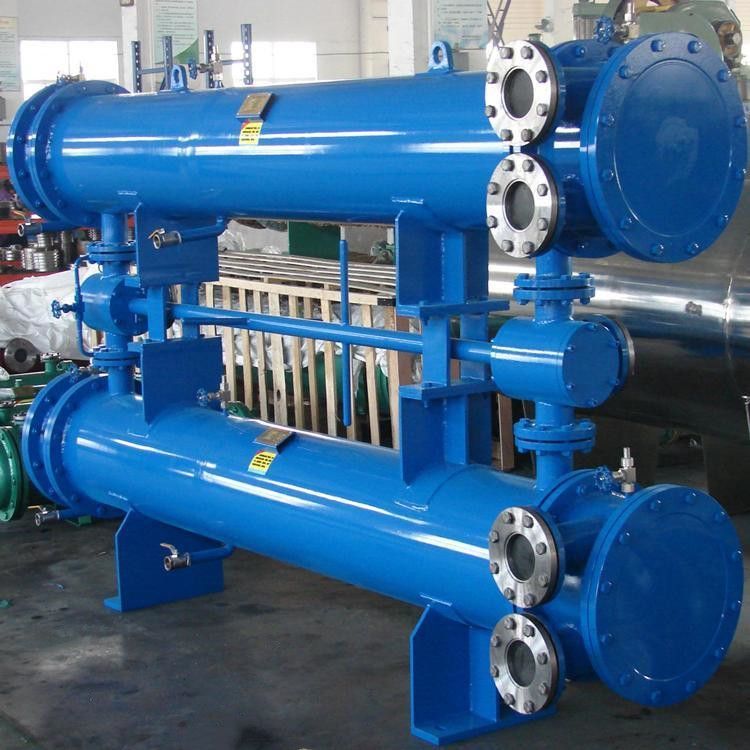04
2025
-
06
Introduction to TVR and MVR
TVR (Thermal Vapour Recompression)
Working principle: High-pressure fresh steam is used as the power steam. Through the ejector, part of the secondary steam is drawn and mixed to increase the temperature and pressure of the steam, which is used for heating the evaporator. It is equivalent to adding one effect on the basis of a multi-effect evaporator.
Advantages:
It is suitable for heat-sensitive materials, materials with a small increase in boiling point, and situations where high-pressure steam shall be provided.
Approximately 50% of the remaining secondary steam can be reused.
The steam ejector is based on the Venturi tube principle and has no moving parts by itself, so it is basically maintenance-free.
It is suitable for application fields with large-scale production and high evaporation volume.
MVR(mechanical vapor recompression)
Working principle: The secondary steam generated by the evaporator is compressed by a mechanical compressor, increasing its temperature and pressure to turn it into heating steam, which is used to heat the materials to be processed. The recycling of thermal energy has been achieved, reducing the reliance on external energy sources.
Advantages:
It shall recycle the compressed steam, reducing energy consumption. The energy-saving effect is very obvious compared with the traditional multi-effect evaporation. Steam has been fully utilized, latent heat has been recovered, thermal efficiency has been enhanced, the demand for external heating and cooling resources has been reduced, energy consumption has been lowered, and pollution has been decreased.
The equipment is compact in shape, highly automated and operates stably.
Related News
Release time: 2025-06-17
Release time: 2025-06-13
Release time: 2025-06-10
Release time: 2025-06-07

Tel: +86-18663389867

E-mail: dqm@acme-china.com

Address: Room 8006, Excellence Financial Plaza, 215 Shuangzhu Road, Huangdao District, Qingdao, Shandong
Copyright © 2025 ACME Biotechnology CO.,LTD | SEO | Business license








